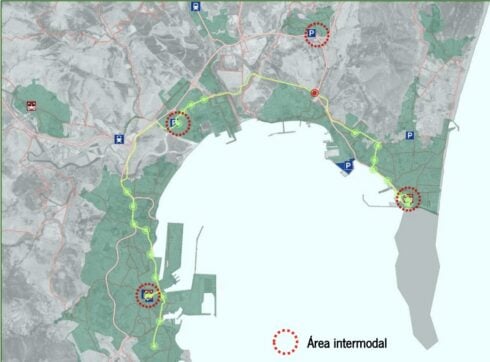FRIDAY 23 July was a nervous day on the European markets. Recently we have become used to such nervousness with either stock markets or currency exchanges reacting violently to the latest batch of bad news coming from wherever.
But this particular Friday was more worrying than most. For in the early evening, after markets had closed for the weekend, the Committee of European Banking Supervisors (CEBS) issued the results of their stress-testing exercise of European banks.
But what on earth is a ‘stress test’ and what was it for?
Essentially 91 European banks right across the continent from Ireland to Greece were tested.
The idea came about in recent months following the near default of Greece and concern over government finances in several other European countries – in other words sovereign debt.
In Spain, the tests were of particular importance because of the problems encountered by many of the savings banks – the cajas – mainly due to their exposure to the property sector.
Many banks in Spain and further afield had to resort to European Central Bank funds in order to continue funding their day to day operations.
The idea behind the testing was for a robust, independent view to be taken and thereafter the banks could move on, hopefully under more normal conditions.
The tests were designed to show whether banks could maintain an acceptable level of capital under particular conditions – the so-called “adverse stress” scenarios.
The capital that each bank can call upon is graded.
The top level is made up of shareholders equity, retained profits and other forms of top quality capital. This is known as the Tier 1 capital ratio.
For the purposes of the stress test, the ‘pass mark’ was set at six per cent.
So who passed? Much to the relief of financial markets around the world, almost every bank met the stress test criteria by demonstrating that they could maintain this six per cent level of capital.
Of the 91 banks tested across the continent only seven failed. These were The Agricultural Bank of Greece, Germany’s Hypo Real Estate and five Spanish savings banks – Banca Cívica, Cajasur, Diada, Espiga and Unnim.
Since the test results announcement, several commentators have suggested that the testing was not rigorous enough.
Only seven banks “failed” to meet the level required and it has been suggested that this has been a whitewash and was too lenient.
Of course, the seven banks continue to trade – the tests were after all only an attempt to show how vulnerable banks would be given a series of circumstances. These included scenarios where annual growth was zero or even in decline, 10.5 per cent unemployment rates and losses on sovereign bonds.
Overall, the seven banks were judged to need just €3.5bn in extra capital to bring their ratios back to the 6 per cent figure.
A figure dwarfed by the funding that the British government has provided to its banking sector.
In Spain, although five banks failed, remedial action by way of takeover, fresh funding and so on has already begun.
The government reacted positively for the main intention of the testing is that banks should now be able to raise funds on the money markets in a more normal manner. It is also interesting to note that the most solvent bank within the group of 91 was also Spanish. Banca March, based in Majorca has a ratio of almost 20 per cent under the stressed scenarios!
For troubled Spain, the results from 23 July could have been far far worse. Hopefully they signal better times to come.
Email Ian Le Breton at ilebreton@SovereignGroup.com
Click here to read more News from The Olive Press.





